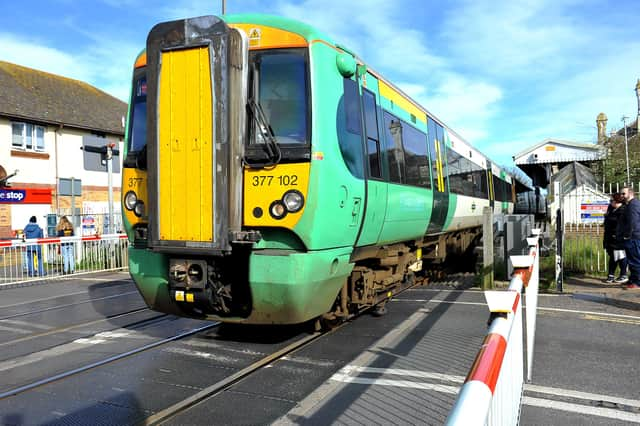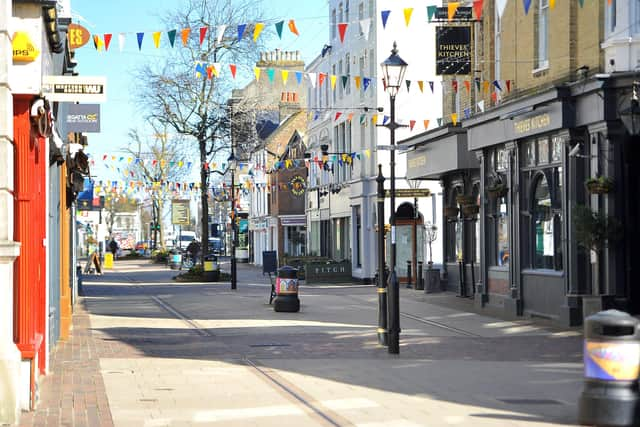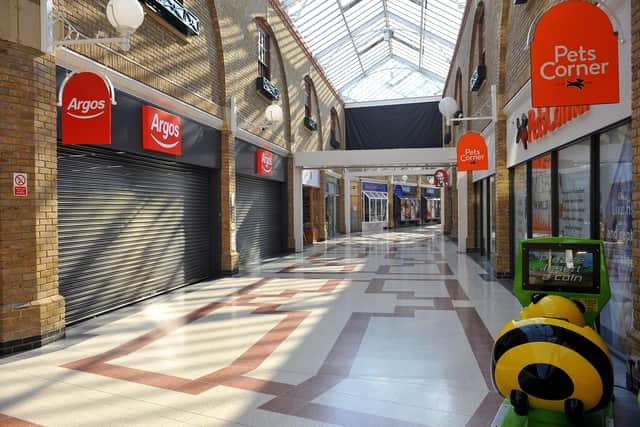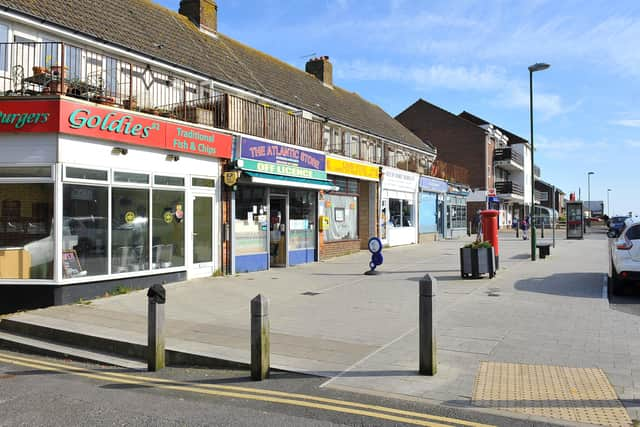West Sussex residents staying away from public transport more successfully than UK average, data shows


Though the latest weekly Google report shows the use of public transport hubs has stabilised across the UK, First Secretary Dominic Raab warned any change to social distancing rules would risk a second peak of the coronavirus.
The tech giant uses location data from phones and other personal devices to track trends in people’s movement in the home, retail and recreation establishments, grocery stores and pharmacies, public transport hubs, and parks and green spaces.
Advertisement
Hide AdAdvertisement
Hide AdThe third of its reports, which charts the six weeks up to April 11, shows transit hubs in West Sussex has seen the biggest drop-off in activity across the five non-residential categories – 84 per cent below normal levels.


This is a bigger drop than the UK average, with footfall down 70 per cent.
But when it comes to grocery stores and pharmacies, footfall in West Sussex has now only fallen by 32 per cent.
That was the second consecutive increase in the use of grocery stores and pharmacies in the area – the previous week it stood at 41 per cent below usual levels, following an initial drop of 46 per cent.
Advertisement
Hide AdAdvertisement
Hide AdAll three reports are compared against a five-week period between January 3 and February 6, to establish a normal baseline.


Dominic Raab, continuing to stand in for Prime Minister Boris Johnson, said the UK has not reduced the rate of infection of Covid-19 enough to allow strict measures to be lifted.
He said: “The very clear advice we have received is that any change to our social distancing measures now would risk a significant increase in the spread of the virus.
“That would threaten a second peak of the virus, and substantially increase the number of deaths. It would undo the progress made to date, and as a result, would require an even longer period of the more restrictive social distancing measures.”
Advertisement
Hide AdAdvertisement
Hide AdMr Raab said there was “light at the end of the tunnel” but right now we are at a “delicate and dangerous stage of this pandemic” and urged UK citizens to be patient a while longer.


West Sussex has also seen a 34 per cent drop in footfall in parks and green spaces, but with people allowed out to exercise once a day, the Communities Secretary urged local authorities not to close any more parks.
Speaking at a daily press conference from Number 10, Robert Jenrick said: “While the virus does not discriminate, we know that the lockdown is much harder for people who don’t have a lot of living space, who don’t have a garden, and who don’t have anywhere for their children to run around.
“That’s why I have made it clear to councils that all parks must remain open.
Advertisement
Hide AdAdvertisement
Hide Ad“For the health of the nation, people should be able to safely enjoy fresh air and green space.”


The full results for West Sussex are:
• Trips to retail and recreation establishments had been 82% below normal, but have since increased to 79%
• Footfall in grocery stores and pharmacies had been 41% below normal, but have since increased to 32%
• Workplaces had seen a 54% drop, and have since further decreased to 57%
Advertisement
Hide AdAdvertisement
Hide Ad• Visits to parks and green spaces had been 21% below average, and are now 34% below
• Visits to public transport stations had been 87% below average, but have since increased to 84%
Story by Patrick Jack, Data Reporter